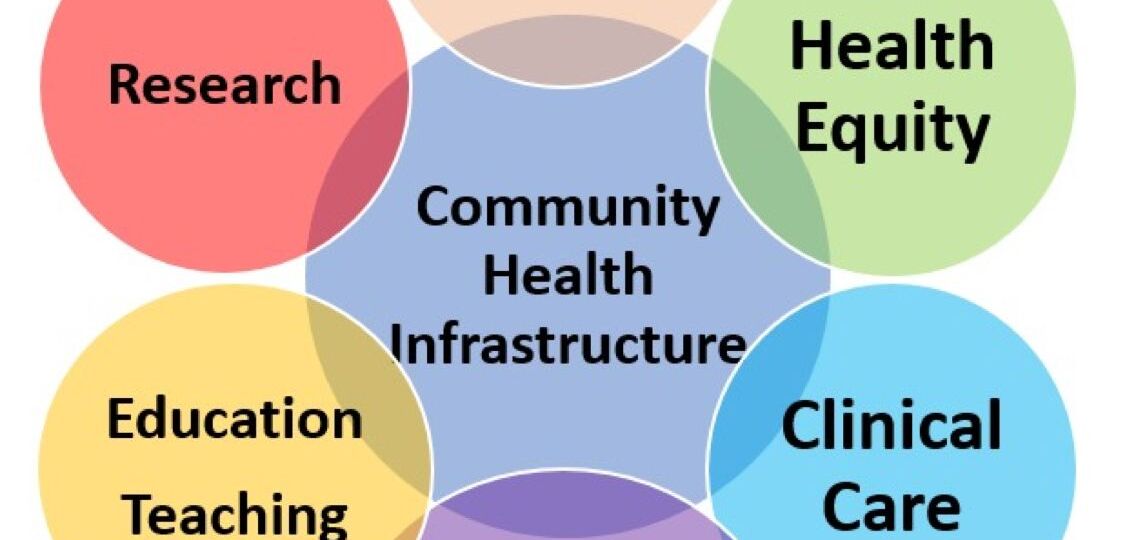
How are health disparities, health equity linked? Health disparity and health equity or inequity are used interchangeably because it is challenging to speak of one without the other.

How are health disparities, health equity linked? Health disparity and health equity or inequity are used interchangeably because it is challenging to speak of one without the other.
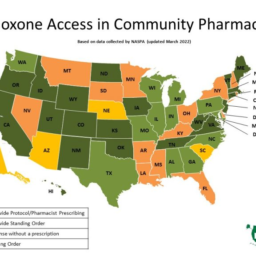
In 2011, the opioid crisis reached astounding levels with over 21,000 deaths adding to the urgency of providing aid to those who most need it
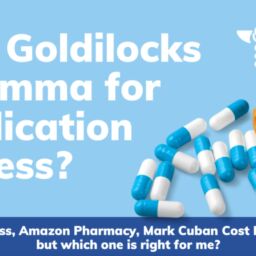
There are multiple factors that will impact an individual patient’s choice on how to go about getting their prescription medication. It can be overwhelming to navigate this complex issue.

Starting Sept. 25, Americans can again order free COVID-19 tests through the federal government.
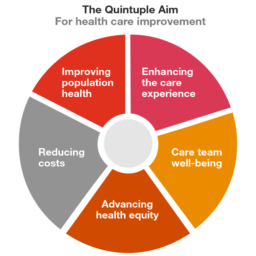
Patients taking opioid dosages at or above 50 MME/day are twice as likely to overdose compared to those taking 20 MME/day, and the risk further increases as the MME/day increases.

Medication non-adherence has led to at least 100,000 preventable deaths each year and $100 billion annually in preventable healthcare costs in the United States
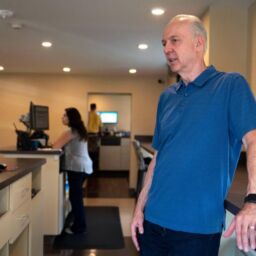
‘Unbelievably good price’: KC-area pharmacy dispenses bargain medicine — and hope Go to article
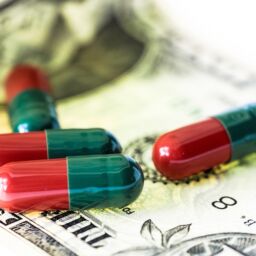
Uninsured adults and those in worse health continue to report higher rates of not getting care due to costs
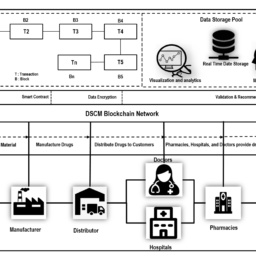
FDA approves 1 Year delay of Track & Trace requirements
We estimate that if the PHE expires in April 2023, 18.0 million people will lose Medicaid coverage in the following…
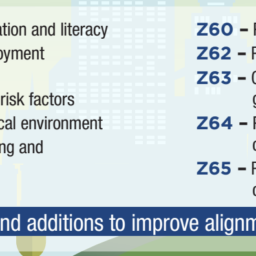
Charitable Pharmacies of America organization member receives Health Equity grant

The pharmacy industry sees at least five changes
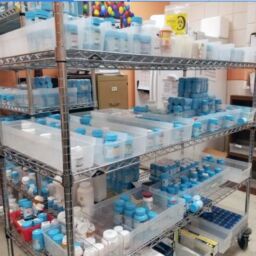
This study represents a rigorous, multi-state evaluation that highlights the impact of a charitable medication access program on hospital utilization for the medically under-served population.

Federal/state grants are not the only gateways to funding. There are close to 750 “community foundations” nationwide which are public charities dedicated to improving the lives of people in a defined local geographic area.
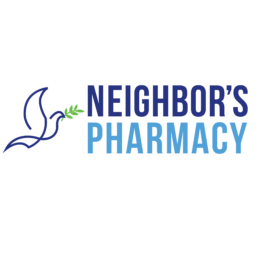
Branson MO: My Neighbor’s Charitable Pharmacy (NCP) will open its doors at 1232 Branson Hills Parkway February of 2023
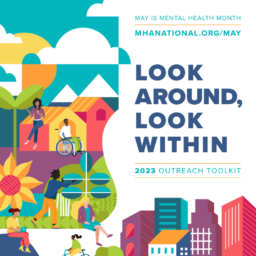
This toolkit, comprised of fact sheets, worksheets, sample communications materials, and sample social media is designed to help aid how you support your own mental health journey, along with your community’s.

